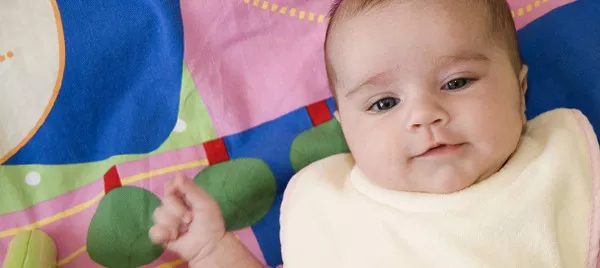Welcoming a newborn into your life is a joyous occasion, but it also brings a multitude of new responsibilities. One important aspect of caring for your baby is learning how to properly burp them after feeding. While it may seem like a simple task, burping plays a crucial role in relieving discomfort and preventing colic or spit-up. In this comprehensive guide, we will walk you through various techniques and tips to help you master the art of burping your precious bundle of joy.
Understanding the Importance of Burping:
Before delving into the techniques, it’s essential to understand why burping is necessary for newborns. During feeding, babies tend to swallow air along with their milk or formula. This trapped air can cause discomfort, bloating, and even lead to spit-up or colic. Burping allows the air to escape from their tiny stomachs, providing relief and aiding in digestion.
When to Burp Your Newborn:
It’s crucial to burp your baby after each feeding session, whether you’re breastfeeding or bottle-feeding. However, some babies may not require burping if they feed in a more upright position, such as when breastfeeding. In such cases, you can burp them midway through the feeding or after they finish one breast.
Burping Techniques:
Over-the-Shoulder Method:
-
- Hold your baby against your chest with one hand supporting their bottom and the other hand providing gentle support to their chin and neck.
- Gently pat or rub your baby’s back using a cupped hand, applying a slight pressure. Start with the lower back and move your way up towards the shoulders.
- Be prepared for a burp, which may be accompanied by a small amount of milk or formula.
Sitting-Up Method:
-
- Sit your baby upright on your lap, with their head supported by your hand and their back against your chest.
- Use your other hand to gently pat or rub their back in an upward motion, from the lower back to the shoulders.
- Keep a cloth handy, as your baby might spit up during the burping process.
Face-Down Method:
-
- Lay your baby across your lap with their tummy resting on your thighs.
- Make sure to support their head and neck with one hand, while using the other hand to pat or rub their back gently.
- This position can help release trapped air, but ensure your baby’s face is turned to the side to ensure unobstructed breathing.
Combination Method:
-
- Combine the over-the-shoulder and sitting-up methods by alternating between positions during burping sessions.
- Start with one position and switch to the other if your baby doesn’t burp after a few minutes. Experiment to find what works best for your baby.
Additional Tips for Successful Burping:
Be patient: It may take a few minutes for your baby to burp, so don’t rush the process. Continue with gentle patting and rubbing until a burp is produced.
Try different techniques: Not all babies respond the same way to each method. Experiment with different positions and techniques to find what works best for your little one.
Keep your baby upright after feeding: Holding your baby upright for 10 to 15 minutes after feeding can help prevent air from getting trapped in their stomach.
Burp midway through feedings: If your baby seems fussy during a feeding, pause and burp them before continuing to ensure they are comfortable.
Stay prepared: Have a burp cloth or towel handy to catch any spit-up or milk that may be expelled during the burping process.
Conclusion:
Burping your newborn is a vital skill that ensures their comfort and prevents common issues like colic or spit-up. Remember to be patient, try different techniques, and keep your baby upright after feedings. With practice, you’ll become proficient in the art of burping, providing your little one with relief and creating a peaceful feeding experience for both of you. Enjoy these special bonding moments with your newborn while mastering this essential aspect of their care.


